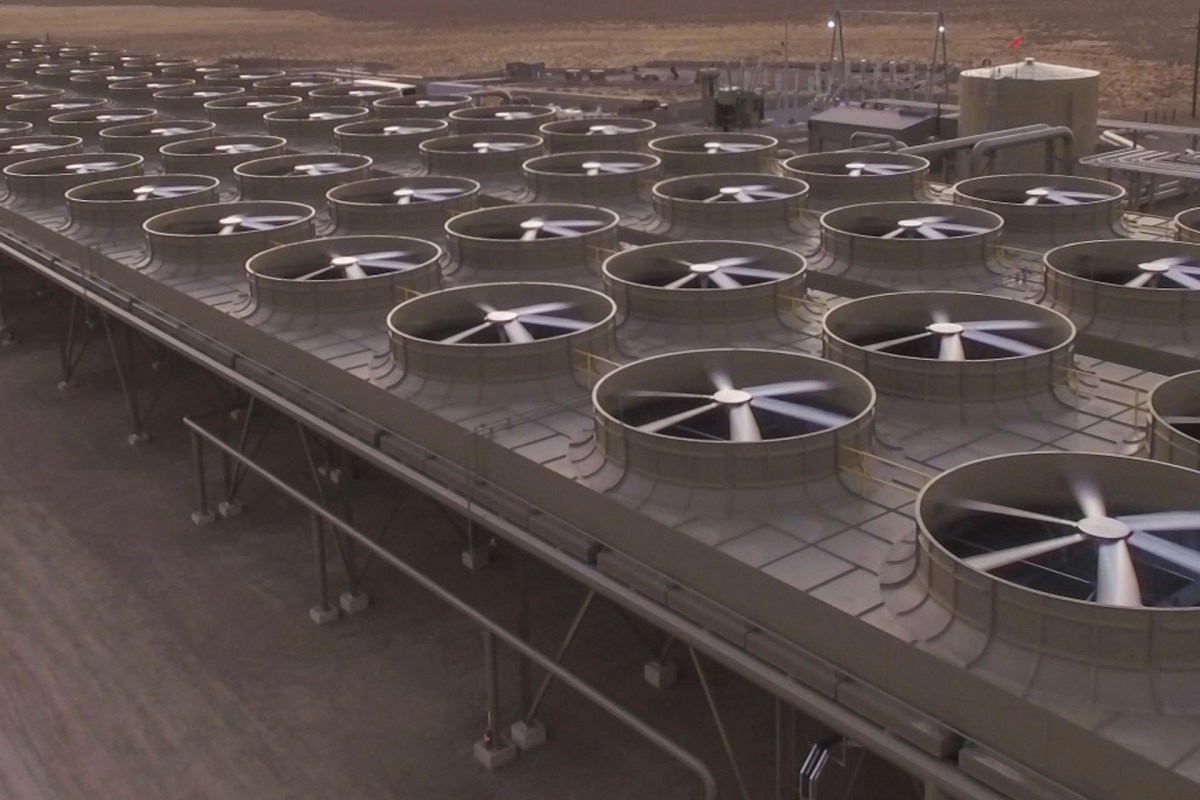The Bureau of Land Management announced its adoption of two existing categorical exclusions on April 15 that would facilitate the approval process of geothermal energy exploration on public lands.
According to the National Environmental Policy Act, categorial exclusions bypass the need for an environmental assessment or impact statement since it has been determined that the specified actions will not significantly affect the environment.
The BLM can use a categorical exclusion from either the United States Forest Service or the Department of the Navy to expedite its reviews of proposals for geothermal exploration, but any further development would require additional NEPA evaluation.
Geothermal is a burgeoning industry that can supply renewable and sustainable energy around the clock. Unlike wind and solar, which depend on optimal weather conditions to generate electricity, underground water reservoirs heated by the Earth's core create steam that can be accessed via drilling. The hot water can then be used to power generators and turbines.
"Replenished by heat sources deep in the Earth, geothermal energy generates baseload electricity with minimal carbon emission," a news release from the BLM read.
"It is abundant especially in the West, where the BLM has authority to manage geothermal leasing on approximately 245 million acres of public lands (and another 104 million acres of U.S. Forest Service lands). Geothermal energy is also used to heat buildings and operate greenhouses and aquaculture operations."
The U.S. invested $74 million to fund seven geothermal projects in February as part of its plan to increase its geothermal capacity by 20 times within the next three decades. The energy source supplies just 1% of the States' electricity, but the Department of Energy believes that number could climb as high as 10%.
To that point, a couple of startups have looked into creating artificial reservoirs deep below the Earth's surface to circumvent the challenges of finding areas where hot water naturally rises.
"Geothermal energy is one of the technologies that can move our country toward a clean energy future," BLM Director Tracy Stone-Manning said in the release. "It only makes sense to use the same streamlined processes for permitting geothermal exploration that other government agencies have proven can work."
Join our free newsletter for cool news and actionable info that makes it easy to help yourself while helping the planet.









